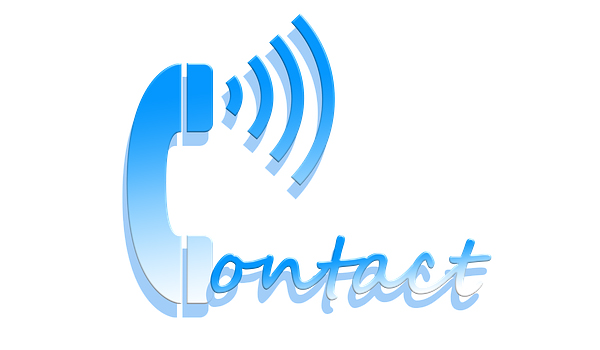Call Queuing
The process of putting inbound calls on hold or in a queue when all contact center agents are busy helping other customers is known as call queuing.
Updated: October 30, 2023

The process of putting inbound calls on hold or in a queue when all contact center agents are busy helping other customers is known as call queuing.
The nature of the query of a customer is recorded through an automated menu, using software like interactive voice response (IVR) when they contacts a business or a service provider. The customers are then placed in a virtual queue where they are provided regular updates to keep them informed about the progress of of the call or greeted with soft background music. At the same time, the call queuing systems work behind the scenes to connect them with a contact center agent who will help address their queries.
Businesses should answer these calls quickly and efficiently. Contact center operations software is used by many organizations to manage the inbound call queue and avoid call drop-offs. Companies can improve their customer experience while ensuring that their clients are connected to experts who can help solve their problems or address their concerns with this software.
Contact center workforce management software is also used by many businesses to track and manage employee schedules and assign additional contact center agents to alleviate temporary call queuing backlogs.
Simultaneous routing, Sequential dialing, Smart routing, Round robin, Sticky routing and Weighted routing are different types of routing in call queues that are used by businesses to route calls effectively.
Benefits of call queuing
- Customer Retention: Prevents call loss, improving customer satisfaction.
- Even Workload: Distributes calls evenly among agents.
- Reduced Abandonment Rates: Keeps customers in the queue, reducing hang-ups.
- Improved Service Levels: Ensures SLAs are met consistently.
- Enhanced Customer Experience: Provides orderly and timely attention.
- Agent Productivity: Allows agents to focus on call handling.
- Reduced Call Handling Time: Leads to quicker issue resolution.
- Priority Handling: Assigns calls based on importance or urgency.
- In-Queue Messaging: Communicates information to waiting customers.
- Queue Monitoring: Enables supervision and adjustments as needed.
- Multi-Channel Integration: Expands queuing to various communication channels.
- Call Routing: Connects customers with the most suitable agents.
- Cost Efficiency: Optimizes agent resources during varying call volumes.
- Data Collection: Gathers valuable performance and customer data.
- Service Continuity: Preserves calls during system interruptions.
- Adaptive Scaling: Adjusts agent numbers based on call volume.



